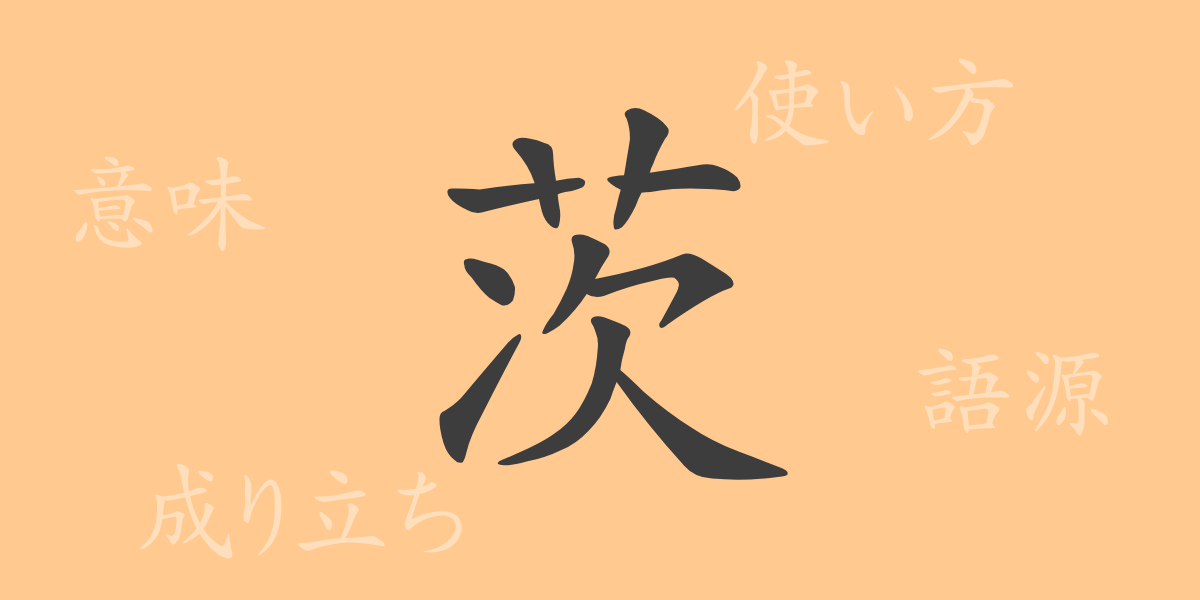“
The richness of Japanese culture is deeply reflected in its writing system, where each Kanji carries its unique history and meaning. ‘茨’ (Ibara), though commonly encountered in everyday life, has its full history and significance often overlooked. This article delves into the Kanji ‘茨’, from its origins to its use in idioms and proverbs, exploring its charm and application.
Origins of 茨 (Ibara)
The Kanji ‘茨’ traces back to ancient China, symbolizing thorns or thickets, serving as emblems of nature’s harshness and defense. Originally composed of ‘艸’ (KUsakanmuri), representing grass, combined with ‘次’, which contributes both sound and meaning, it depicts the proliferation of vegetation.
Meaning and Usage of 茨
Literally, ‘茨’ refers to thorny plants, especially those of the rose family, and metaphorically, it is used to denote difficulties or obstacles. For instance, life’s challenges can be poetically described as ‘人生の茨’ (life’s thorns).
Readings, Stroke Count, and Radical of 茨
Understanding the readings and structure of ‘茨’ enhances comprehension:
- Readings: On’yomi (Sino-Japanese reading) is ‘Si’, kun’yomi (native Japanese reading) is ‘Ibara’.
- Stroke Count: ‘茨’ consists of 9 strokes.
- Radical: The radical is ‘艸’ (Kusakanmuri), associating it with grass or plant-related characters.
Idioms, Phrases, and Proverbs Involving 茨
Idioms and proverbs including ‘茨’ are plentiful in Japanese, each carrying significant meanings:
- 茨の道 (Ibara-no-miti): A path filled with difficulties.
- 茨の冠 (Ibara-no-kanmuri): A metaphorical crown of thorns representing honor earned through overcoming hardships.
These expressions showcase the rich expressiveness of Japanese and the profound meanings embedded in its words.
Conclusion on 茨
Understanding the history and culture embedded in each Kanji not only deepens our comprehension of Japanese but also connects us to the cultural and philosophical underpinnings expressed through language. Focusing on a single character like ‘茨’ allows us to rediscover the depth and richness of expression in Japanese. Each Kanji encountered in daily life carries its own story, and we will continue to unravel these stories together.
“

























